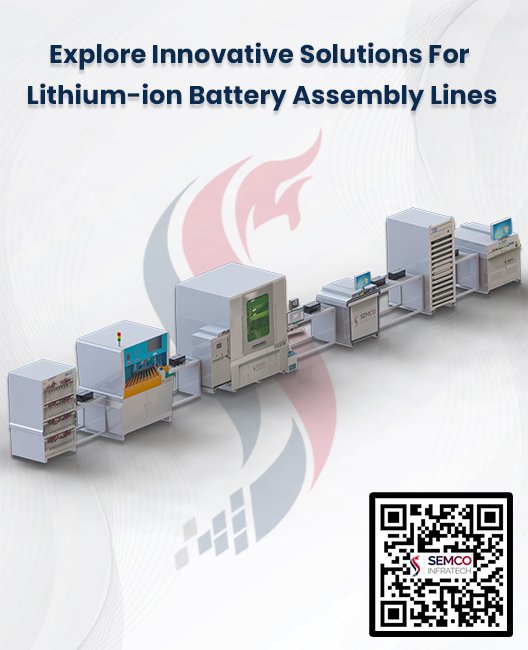The world of power battery production is undergoing a significant transformation due to the rising demand for large-capacity, standardized, and vehicle-grade power batteries. To meet these demands, the lamination process has emerged as a viable solution that can ensure uniform and parallel movement of lithium ions within batteries.
With its comprehensive set of attributes, including uniform contact interfaces, low internal resistance, high energy density, exceptional magnification characteristics, and consistent expansion and deformation of the polar sheet, lamination has become a pivotal trend in the future of battery structure development.
In this article, we will delve deeper into the changes happening in the battery manufacturing industry and explore the possible trends that could shape its future.
Single-Machine Efficiency Improvement
Continuous improvement in single-machine efficiency is one of the most significant trends in laminated equipment. Currently, a single machine can produce up to 1GWh of laminated battery cells per year. However, technological advancements and process optimization are expected to push this limit even further in the coming years, with the capacity increasing to 2GWh, 4GWh, and even 8GWh. These improvements will lead to significant cost savings and production capacity enhancements for battery manufacturers.
Product Qualification Rate Improvement
Consistent production of high-quality battery cells is another critical aspect of laminated equipment. Currently, the product qualification rate for laminated battery cells is around 99%. However, with ongoing innovation and quality control measures, this rate is expected to rise significantly to 99.5%, 99.9%, and even 99.99% in the future. This improvement in product qualification will reduce the number of defective battery cells and ensure the production of reliable and high-performance batteries.
Improved Equipment Stability
Equipment stability plays a crucial role in the performance of laminated equipment. Currently, the mean time between failures (MTBF) for these machines is approximately 1,000 hours. However, with advancements in material science and engineering, it is anticipated that the MTBF will extend to thousands of hours in the future. This significant increase in equipment stability will result in reduced downtime, improved production efficiency, and lower maintenance costs.
Intelligent Integration
The future of laminated equipment is marked by greater integration and intelligence. Integrated processes, including die-cutting lamination and data-driven closed-loop intelligence, are set to become standard practices. These integrated systems will automate many manual tasks in the production of laminated battery cells, resulting in improved efficiency, reduced labor costs, and enhanced product quality.
Addressing Challenges: Burrs and Dust Control
While laminated equipment offers significant advantages for battery manufacturing, it also presents certain challenges. One of the primary issues is the generation of burrs and dust during the lamination process. These contaminants can negatively impact the quality and performance of battery cells, making it essential to develop effective control measures. Ongoing research and development efforts are focused on addressing this challenge through innovative material selection, process optimization, and dust collection systems.
Conclusion
In conclusion, the future of laminated equipment in battery manufacturing is bright, with promising trends in single-machine efficiency, product qualification rate, equipment stability, and intelligent integration. However, addressing the challenge of burrs and dust control will require continued innovation and technological advancement. As the battery manufacturing industry continues to evolve, laminated equipment will play an increasingly crucial role in producing high-quality, reliable, and cost-effective batteries for a wide range of applications.






